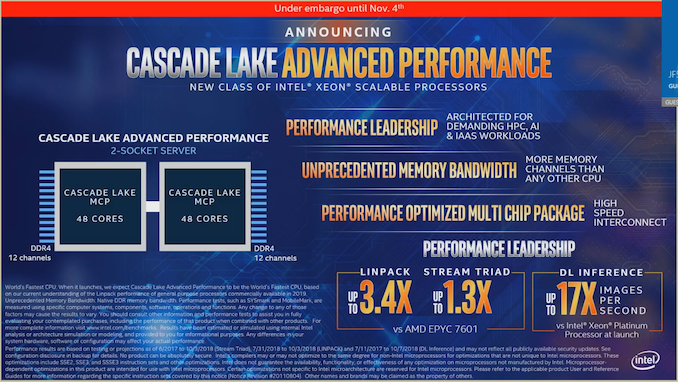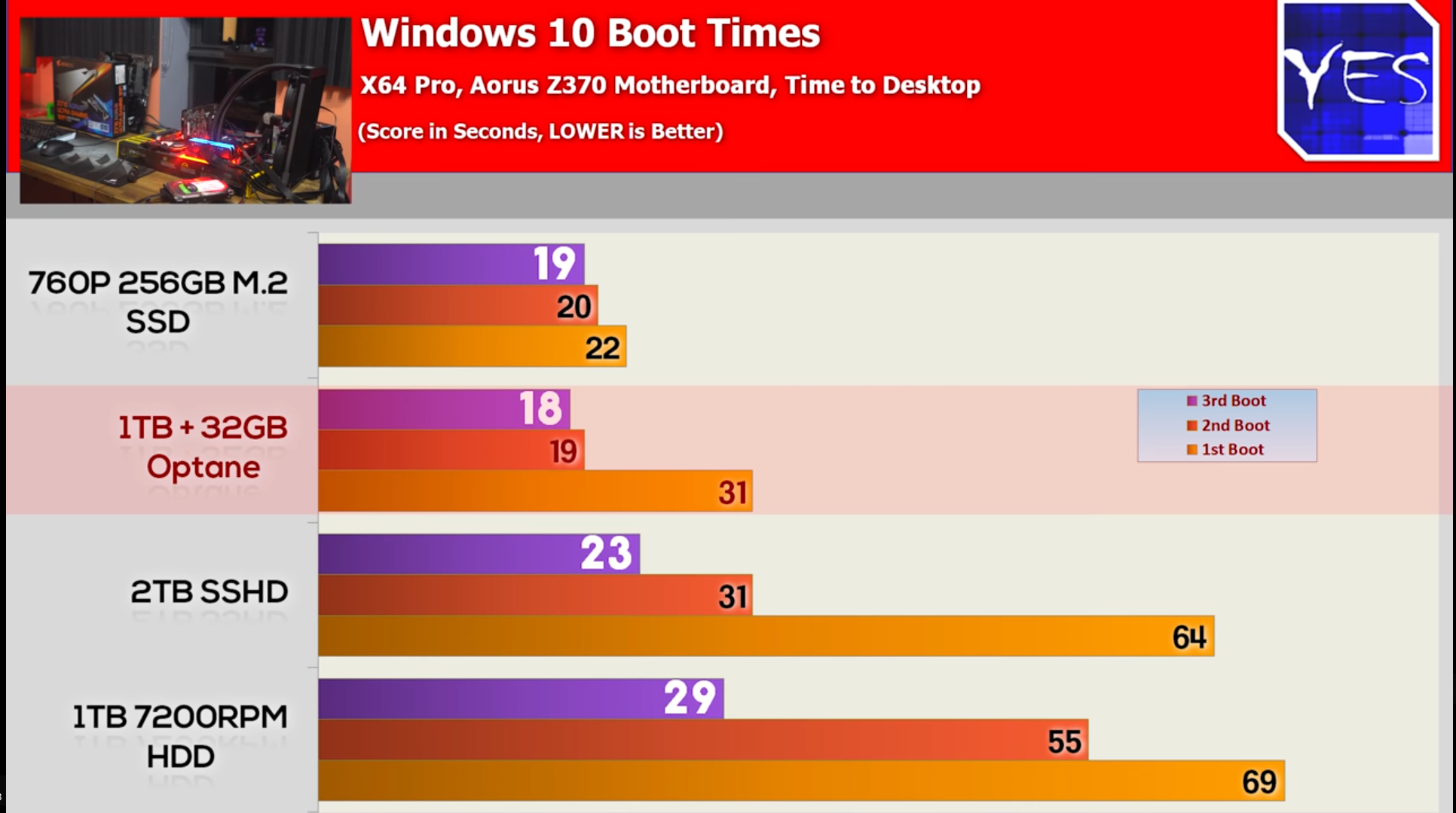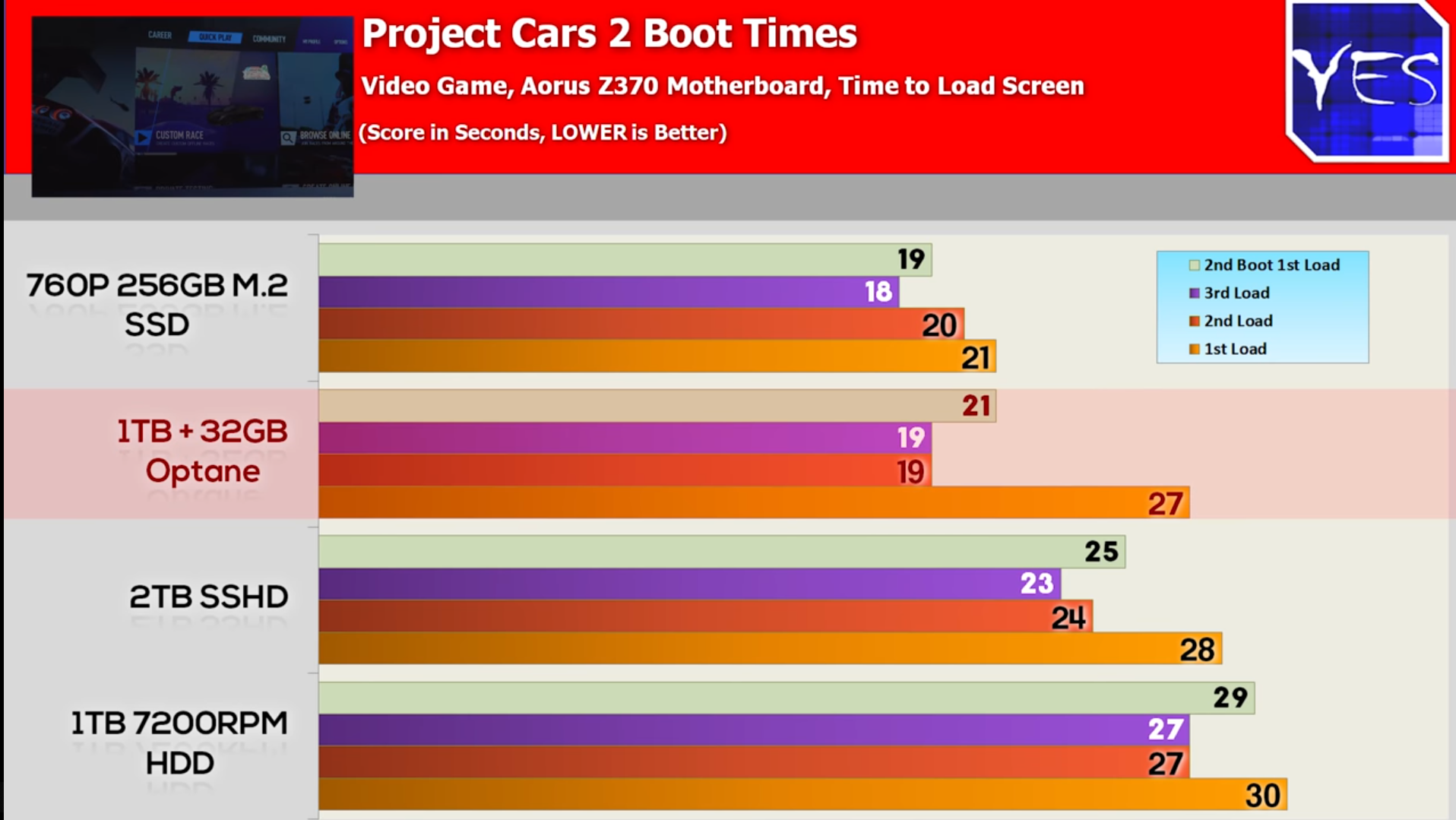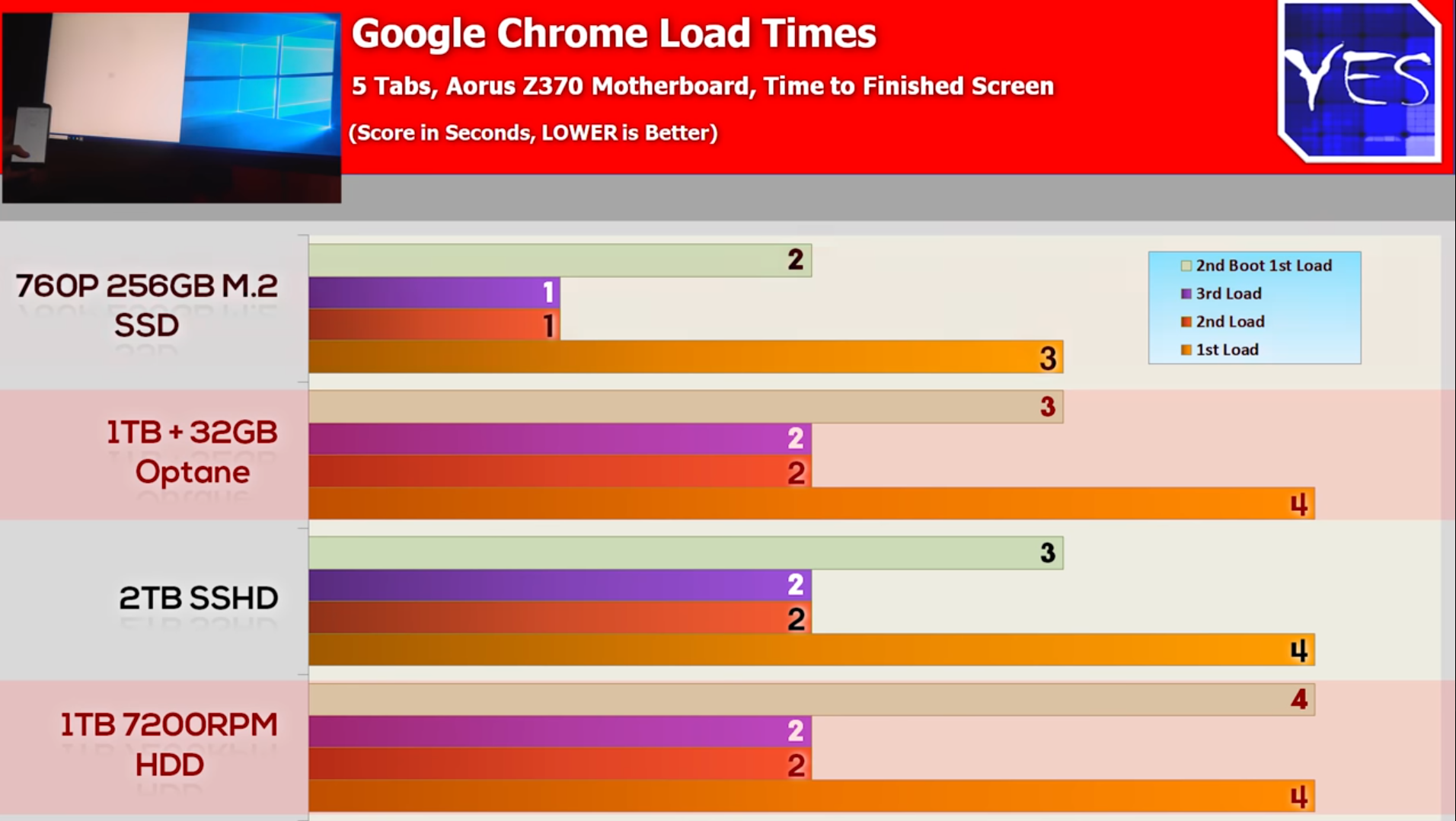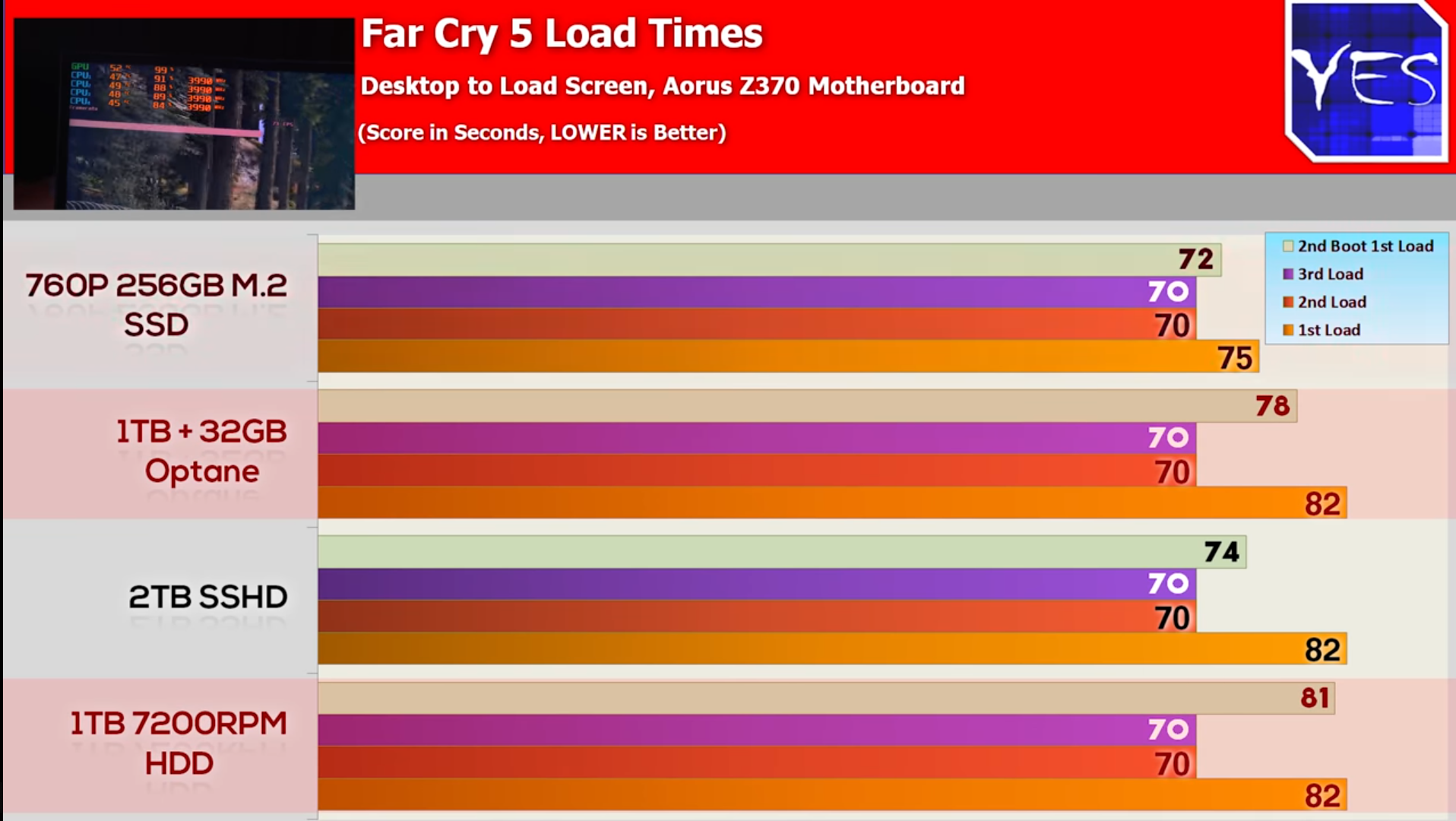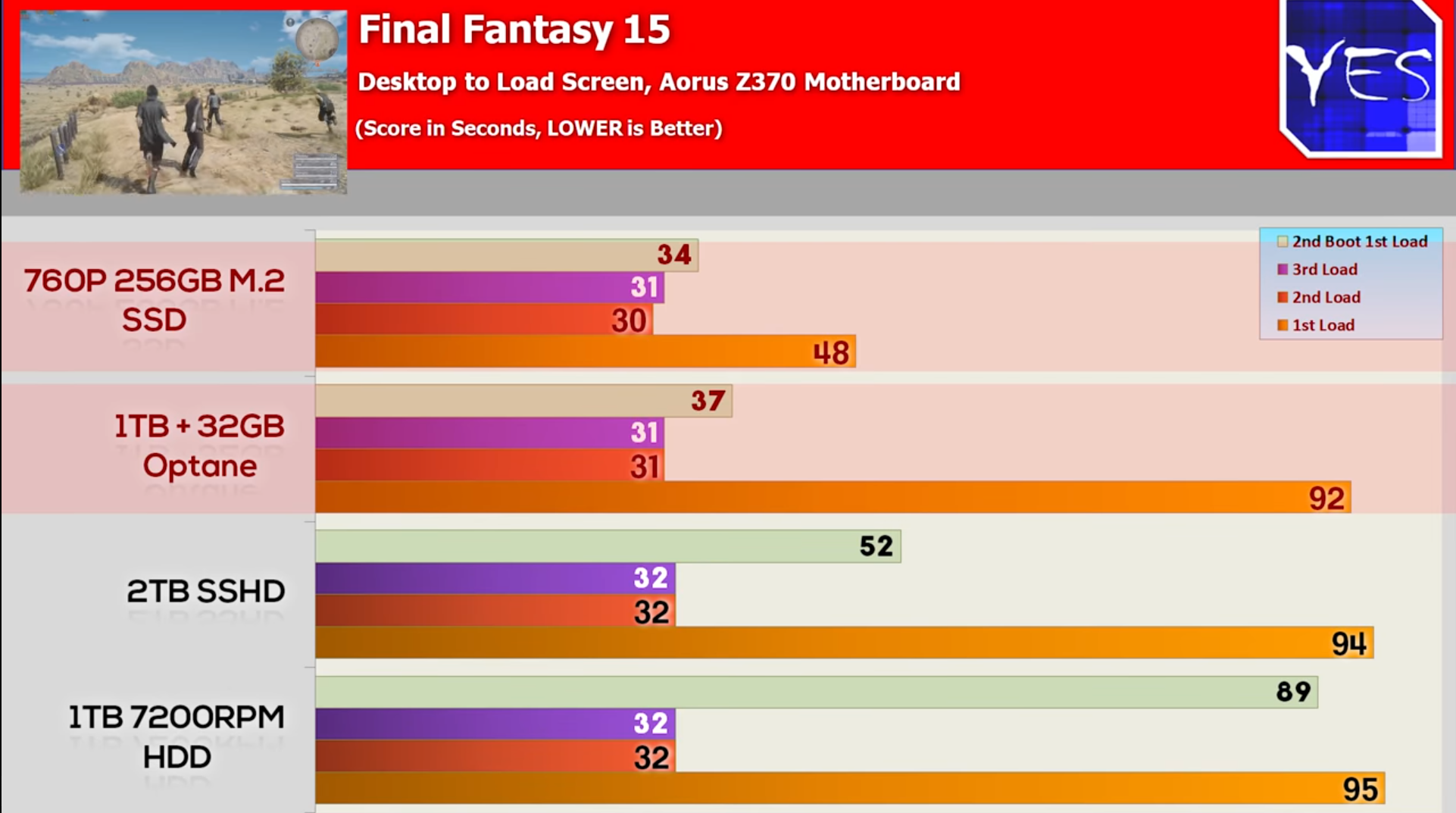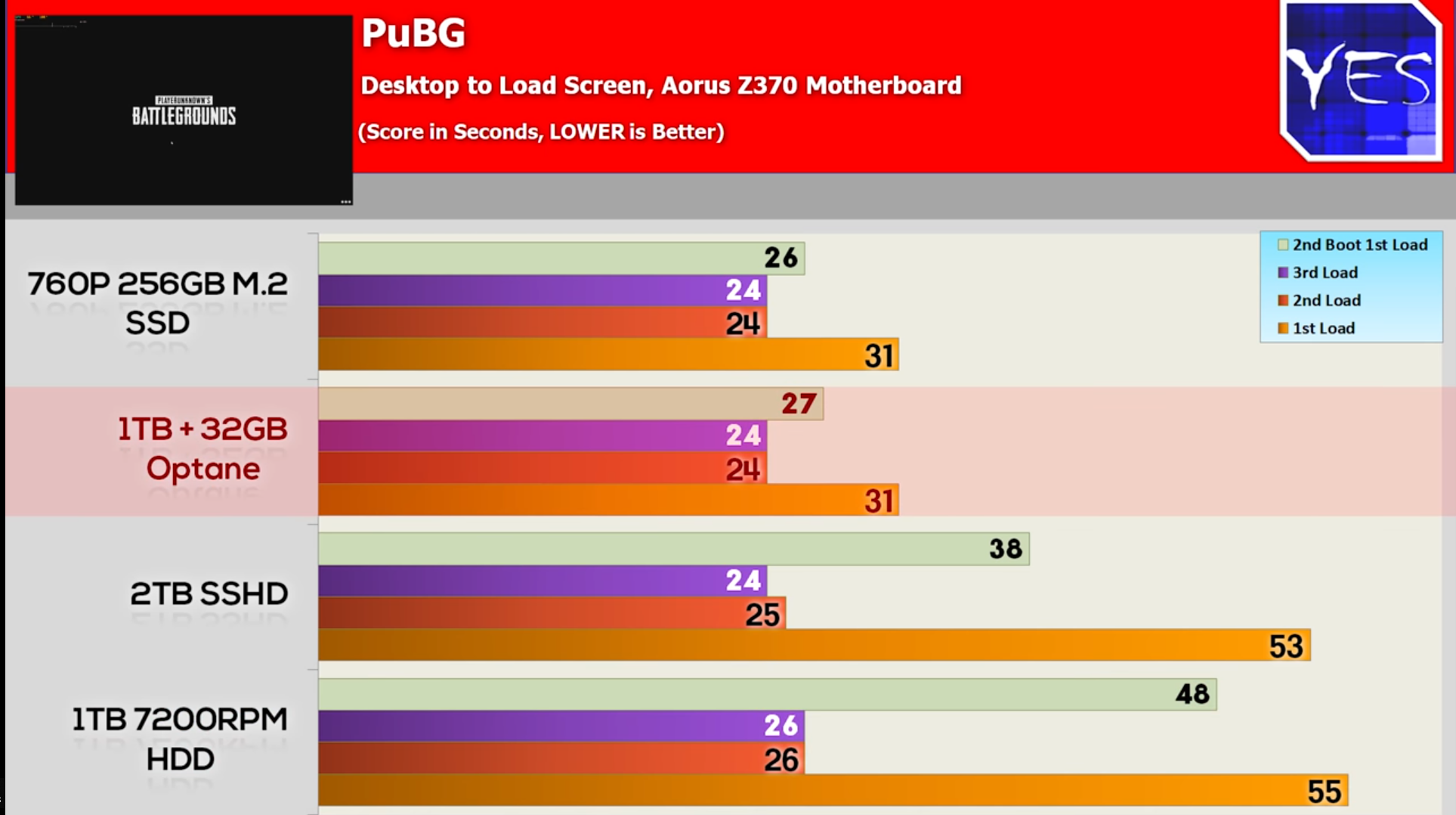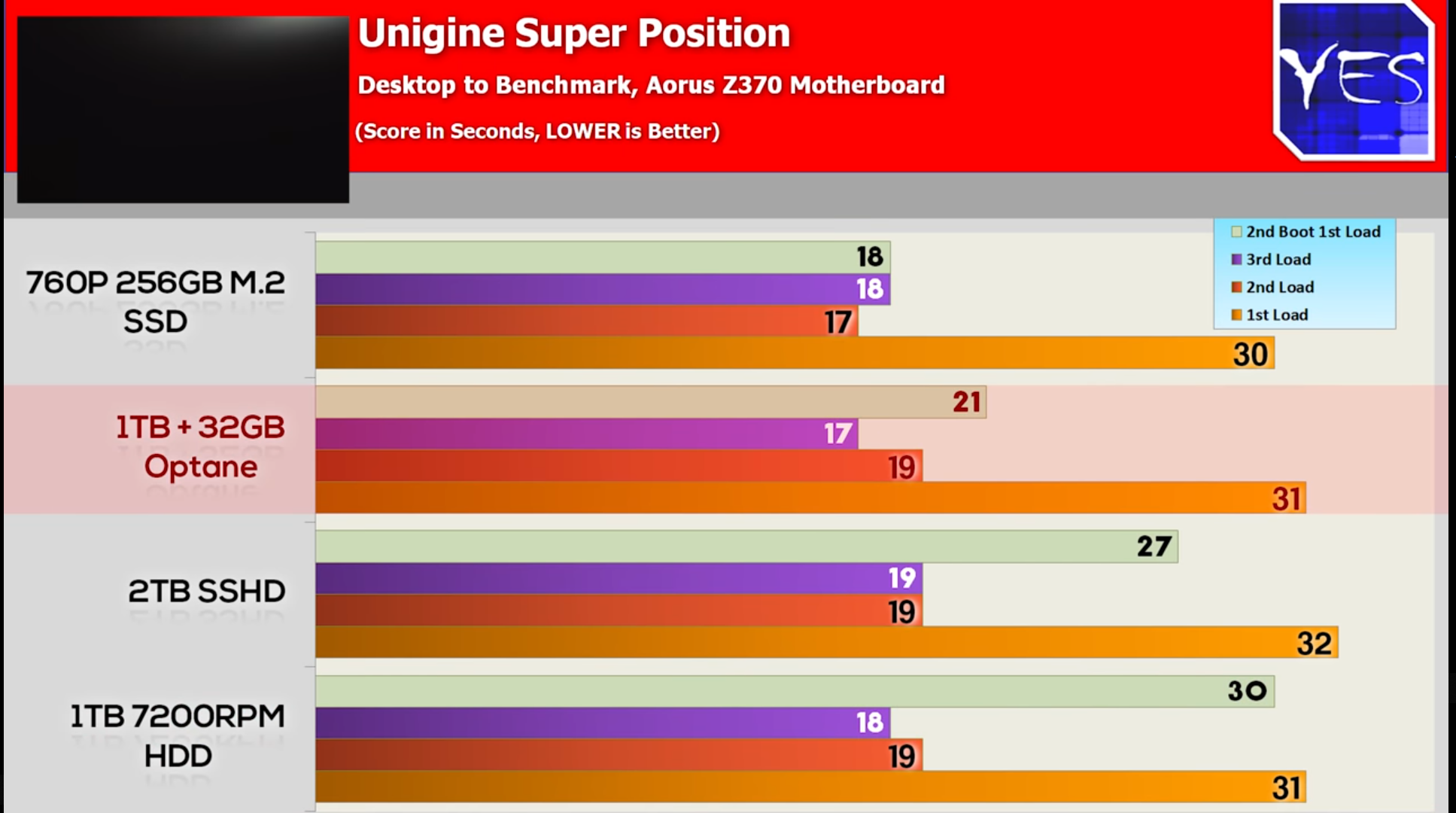Desktop can retain a x4 link, since power doesn't matter too much there. Even PCIe 4.0 x4 offers a whopping 7.88GB/s, with double that for 5.0. So it should be enough for the foreseeable future.
Found out Radeon Pro SSG has PCIe 3.0 x 8 (via two PCI-E 3.0 x4 M.2 slots ) for its 2TB NAND SSD. (I thought it was only PCIe 3.0 x4)
More info on how Radeon Pro SSG works:
https://www.gamersnexus.net/guides/2537-how-the-radeon-pro-ssg-works-basics
"The extended framebuffer uses
NAND Flash (we
explain this here) storage. It's effectively an SSD bolted onto a GPU, and allows production users to locally store large files that are being actively crunched by the GPU. Whenever the GPU needs a large texture, big data, or composite objects, it'll talk to the CPU (via PCIe bus), which then talks to the system storage device or memory, depending on if that data happens to already be loaded in volatile memory. The SSG bypasses this process by storing files for entire projects locally. Those files remain resident until cleared by the application or user, and only need to be migrated to the SSG once (unless cleared regularly) when working on a project. In this way, it acts as proper solid-state storage; this is not your standard volatile VRAM.
Let's take an example of an architectural CAD model. You might be marking a city or using ray-tracing to determine where light will hit with your building – in Europe, there are
laws restricting buildings to prevent light blockage to other buildings, which can be modeled with ray tracing. To load massive CAD models can take huge amounts of time as the GPU ping-pongs with system storage, from minutes to an hour, in some of the use cases that AMD has detailed to GN. An SSG means we eliminate the communication over PCIe to the CPU, then from the CPU to storage. That's a lot of latency and physical distance – we've asked for a specific number on latency, but haven't gotten one yet – and it's all cut by transacting locally. The GPU can now communicate directly with local storage when its own VRAM capacity has been exceeded or is tapped for other implementations. AMD's rep told us that the card would have 4GB “or more” of VRAM."
So maybe we will see Specialized Workstation Video cards sporting more lanes? Or wider buses?



